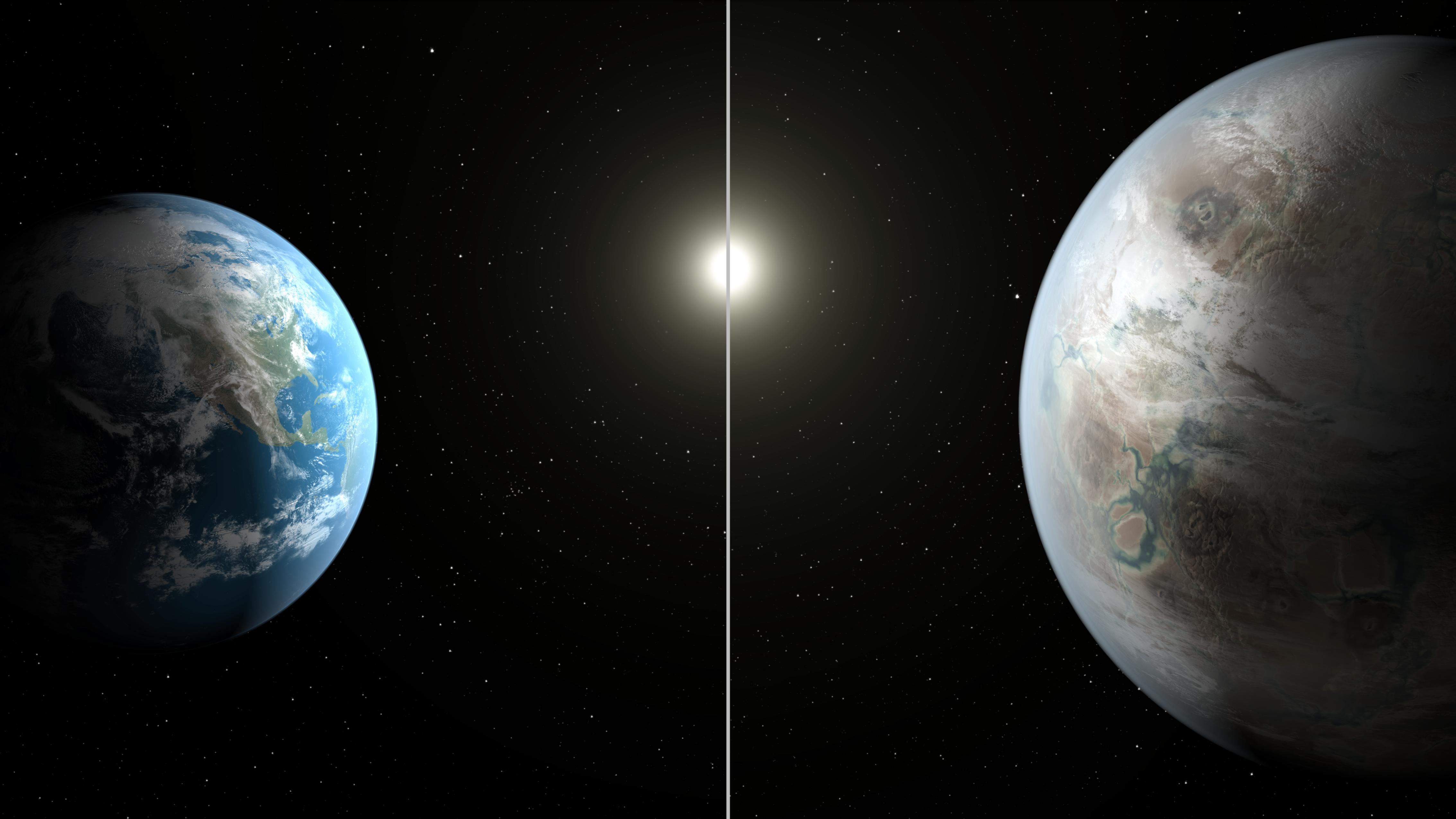Scientists Discover “Earth 2.0″ Via Kepler Space Telescope. Since it’s launch on March 7, 2009, the Kepler Space Telescope has been busy collecting data about our galaxy with an interest in finding habitable planets like ours. Today, the National Aeronautics and Space Administration (NASA) announced the spacecraft has done precisely that.
Surveying the Milky Way, Kepler has located a planet much like our own, an “Earth 2.0,” which they’ve named Kepler-452b. BBC reports that scientists say it may be the first planet we’ve discovered that’s most similar to Earth in its distance from its sun, as well as its size.
Kepler has discovered no fewer than 500 possible planets on its mission, though only 12 of them are of interest to scientists for their orbit around parent stars which would allow water to exist on their surfaces. Scientists are unsure as to whether its surface is rocky like Earth’s, and further exploration is need. But the news is a fascinating nonetheless.
“The other Kepler habitable zone planets that have been discovered so far tend to be orbiting M-dwarfs — stars far cooler than our sun, and therefore the planets need to orbit much closer to receive the same levels of heating,” Queen’s University Belfast researcher Dr. Chris Watson told BBC. “So it may be a potentially rocky super-Earth in an Earth-like orbit (in terms of host star and orbital distance). It’s this combination of the host star and orbit that set it apart in my opinion.”

